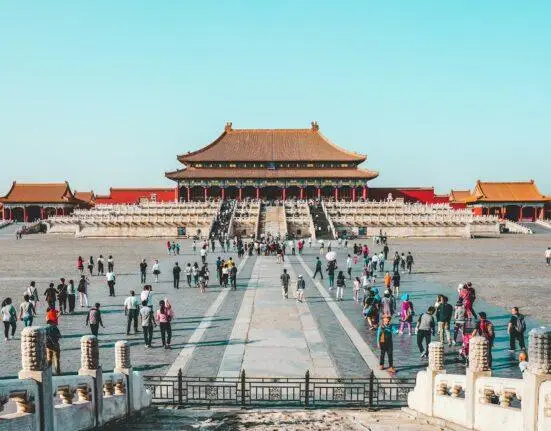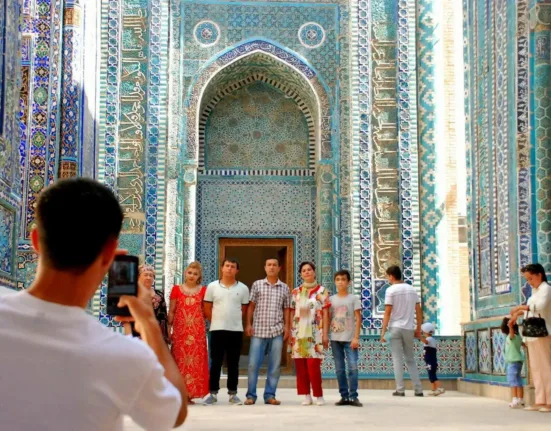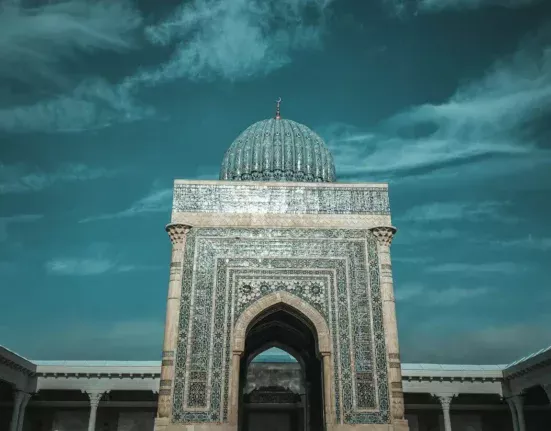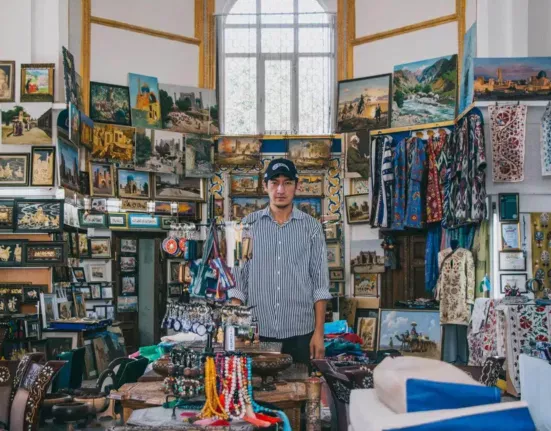Summary. Planning a trip to India can be daunting as it’s a vast and beautiful country with so much to see and do. However, by following a few key steps, it can be made much simpler. Start by researching the best time to visit India depending on your desired activities. Next, create a budget plan. Lastly, make sure to have all necessary documents ready and consider getting vaccinations for diseases such as typhoid and malaria. With some thoughtful preparation, you can ensure your trip to India is unforgettable.
From culture to cuisine, incredible monuments to stunning landscapes – India offers plenty for any curious traveler. So, what’s the best way to plan a trip to India? Before you start planning your trip, ask yourself what you hope to do in India.
Maybe you’ve been thinking about an enlightening cultural expedition to explore the country’s rich history? Or perhaps you’re after a luxurious beach escape along the coast? Once you’ve figured out what type of trip experience you’re after, there are four essential steps you should take to ensure you’ve properly planned your trip. First, research your destination. Take the opportunity to read up on the culture, customs, and language.
Second, book your accommodation early. Research and book different options for accommodation ranging from hostels to boutique hotels to make sure you’ve got the right place to rest your head after a long day of exploring India’s beauty and culture.
Third, research local activities. From exploring the beautiful Taj Mahal to discovering ayurvedic spa treatments or taking a class in yoga, find interesting activities to experience while you’re in India that you can’t do at home.
The Best Way To Plan A Trip To India
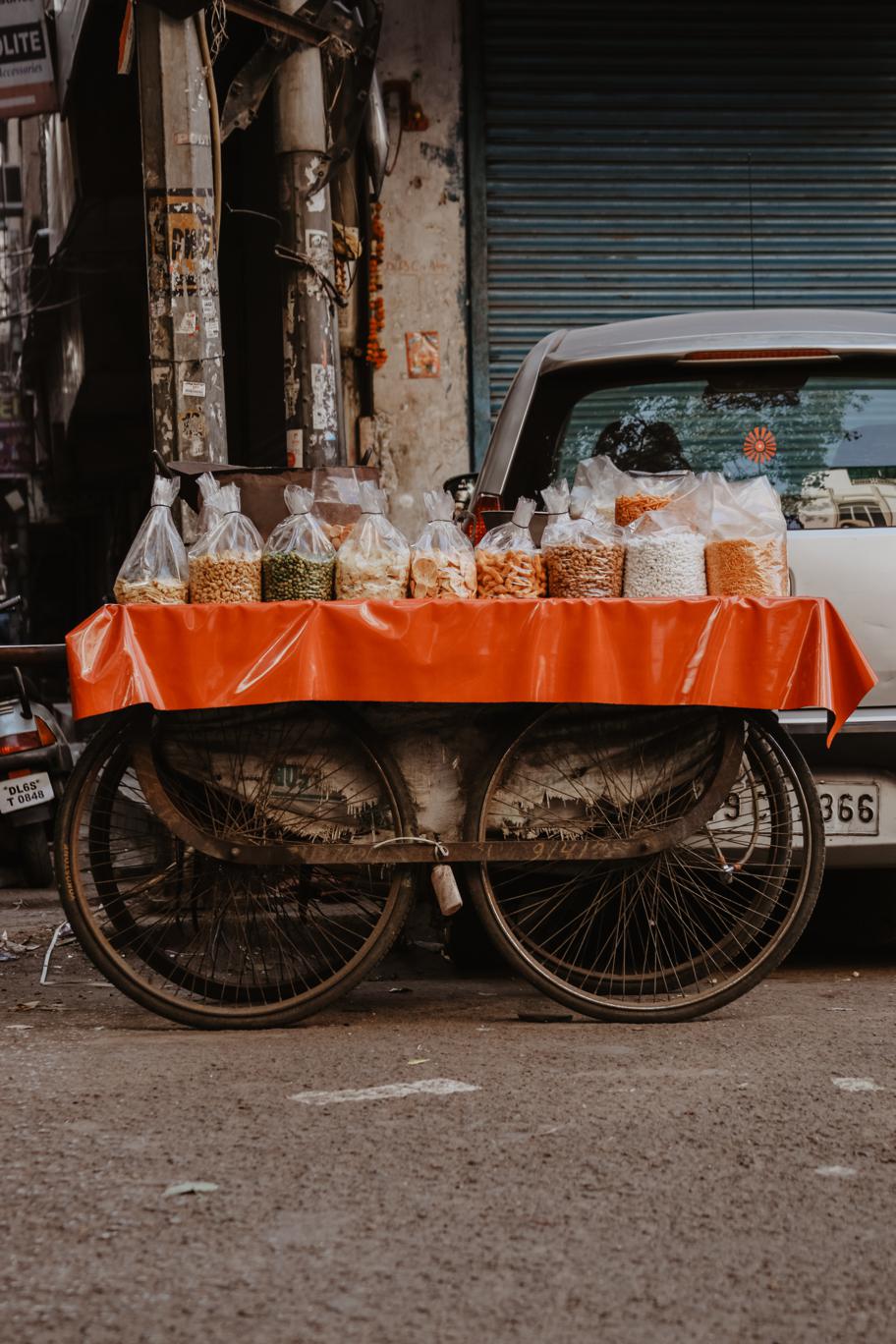
The selection of an itinerary is the first step in organizing a vacation to India. Decide how much time you want to spend in each destination by first studying the places and sites you wish to visit. Thoughtfully choose a few must-see sights, but give yourself some leeway as well. Your vacation will be much better if you include time in your plan for unforeseen sights or experiences!
In a decision on how much you can afford to spend each day on transportation and be sure to do some advance currency research. The official currency of India is the rupee, and both cash and credit cards are accepted as forms of payment. There are many affordable alternatives for lodging, such as hostels and Airbnb rental flats, as well as more opulent ones, like as traditional homestays and five-star hotels. When it comes to logistics, be sure to include all the required paperwork. You will need a current passport, a visa, and an international drivers’ license if you want to drive.
India is a stunning and varied nation with a fascinating history and culture. Read up on the cultural customs before you go, and be sure to act in a courteous manner. Learn about the greetings, clothing regulations, and table manners that are observed locally. Always be alert and polite while visiting houses of worship or other important locations. Keep an open mind and be accepting of any unexpected events or scenarios that may arise while you are traveling.
In What Part Of The World Can India Be Found?
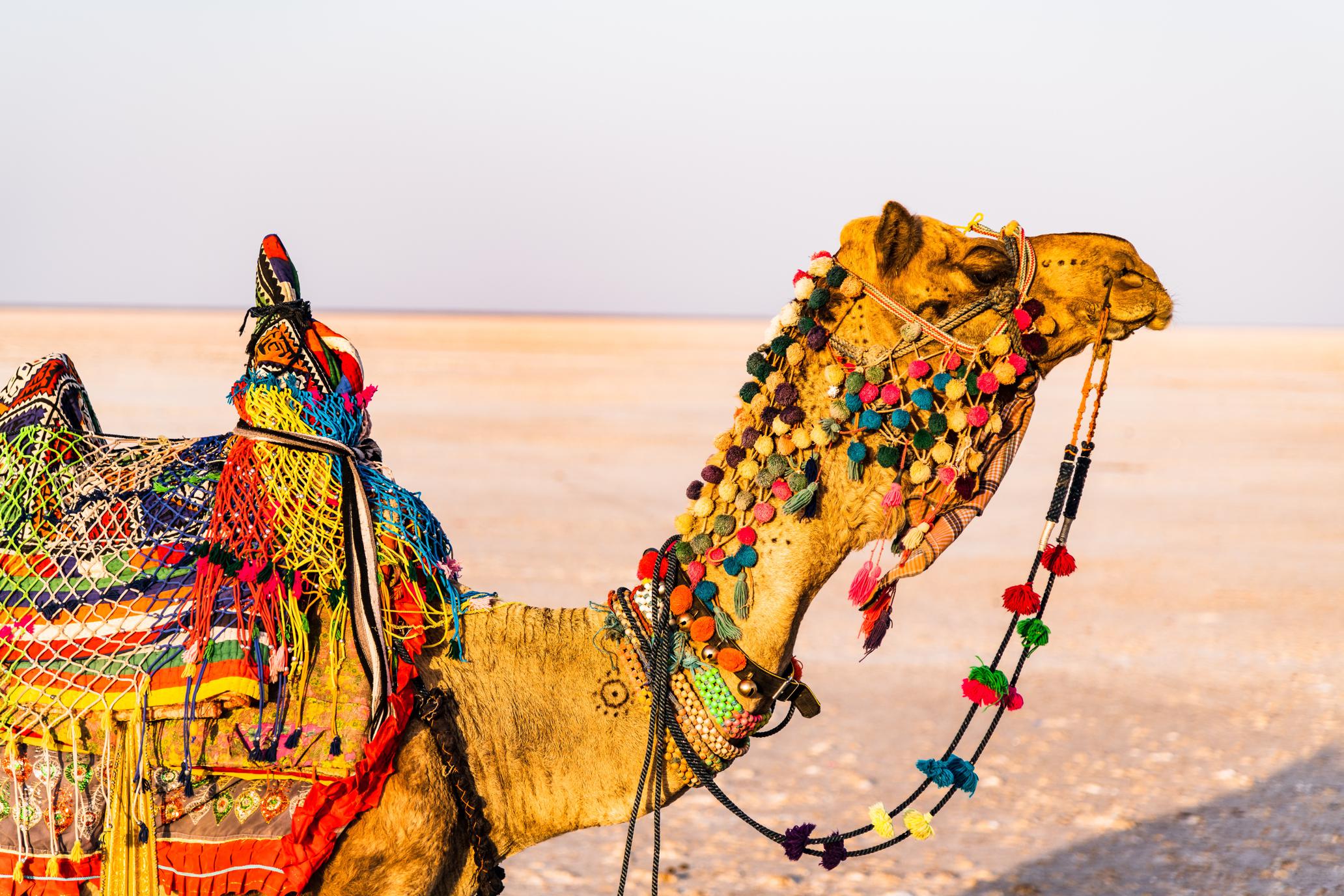
It is situated in southern Asia and is surrounded by the Indian Ocean, Pakistan, Nepal, Bhutan, Bangladesh, and China. Safaris, beautiful sites, cosmopolitan cities, and more may all be explored by tourists. With so many options, organizing a vacation to India might be difficult. However, by taking a few easy steps, you can go to the Subcontinent without any hassle.
It pays to invest time in learning about what India has to offer since there is so much to see and do. To better grasp the local traditions and etiquette, research the history, culture, and politics of the nation. Budget in advance, taking into account the price of travel, lodging, meals, and other necessities.
After deciding on the location or locations you want to visit, you may start thinking about the things you want to do while in India. You may discover a variety of activities to fit your interests, whether you’re searching for a spiritual retreat, a cultural excursion, an adventure, or a chance to see some wildlife.
What Are The Options For Entering India?
It’s important to familiarize yourself with India’s visa requirements before making travel arrangements there. You could be qualified for a tourist visa, a business visa, or even a visa-free entrance depending on the nature of your travel and the length of your stay. Additional paperwork could be necessary.
The Indian e-tourist visa may be sought for up to 120 days in advance and is given for both leisure and business travel. As soon as your application is accepted, you’ll get an email with a confirmation. For this visa application, you must have an electronic passport. It’s crucial to keep in mind that you must apply for a standard Indian visa if your stay exceeds 180 days. Depending on your itinerary and intended stay in India, you may also be able to enter the country on a business visa.
They may be extended if necessary and are good for up to 5 years. You may not need a visa at all if your stay is under two weeks. Visitors from a few of its neighbors, as well as those from the UK, Japan, and Singapore, may enter India without a visa. You can be qualified for an on-arrival visa from the Indian immigration officer at the port of entry, depending on the length of your stay. Last but not least, transit visas are offered to travelers who are stopping in India on route to another country.
Entry Requirements To India For Travellers
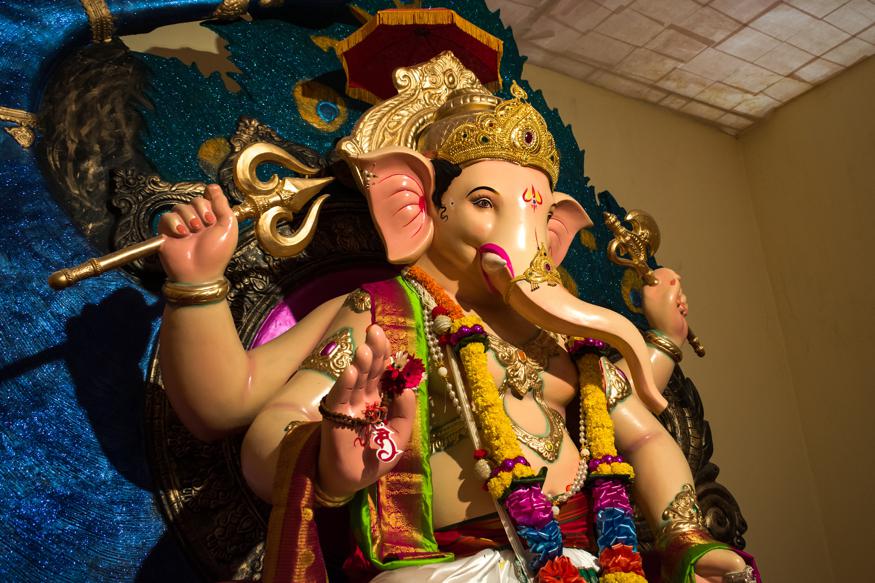
You can organize your vacation to India and take in all the wonders there with the appropriate knowledge. Depending on the kind of visa and the intended duration of stay, various nationalities have varied entrance requirements for India. It is crucial to research both India’s visa requirements and the most recent travel advisory from your home country before setting out on your journey to India.
To enter India, travelers from all nations—with the exception of Canada and Japan—need an e-Visa or a business/tourist visa. A visa is acceptable for persons from Canada and Japan upon arrival. E-Visas may be acquired for a period of 60 or 90 days (depending on the nationality) and typically take three to four days to complete. Visas for business and tourism are often granted for 180 days.
It’s crucial to bear in mind that throughout the application procedure, you will also need to provide enough evidence of finances. Be cautious to prepare in advance for any unique medical or travel insurance needs. Before you go, make sure your visa is still valid by checking all of the details one more time.
Things To Know Before Visiting India
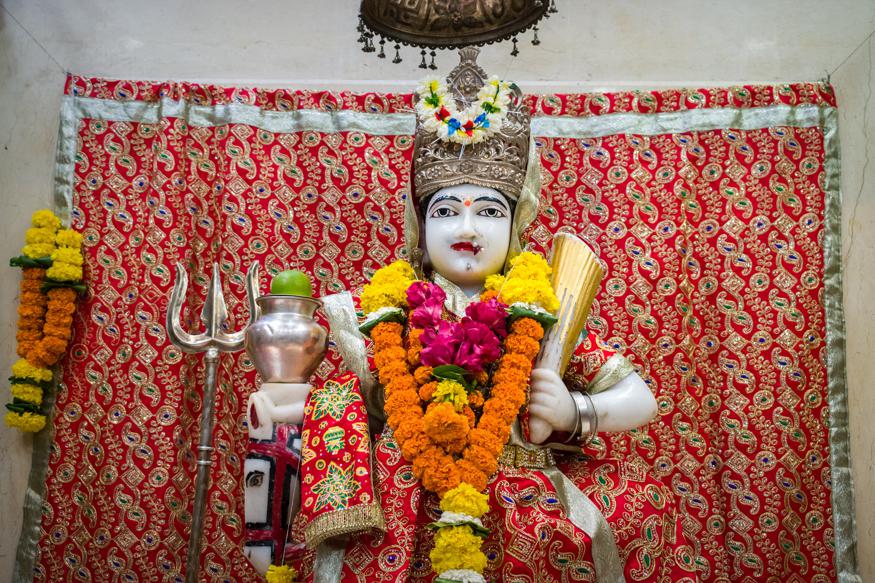
The following are some of the most crucial factors to take into account while organizing a vacation to India: Understand Your Budget – Travelers to India have a variety of budget and expenditure options, but those who want the most out of their trip should prepare a budget in advance that accounts for all potential costs. A stress-free journey is made possible by having knowledge about currency conversions and other financial issues.
Research the Destination – India is a vast and varied country and there’s something to appeal to all tastes. Plan your itinerary carefully, researching the best places to visit as well as the best time of year to do so, depending on season and activity. Don’t forget to check local customs, culture, and the latest news stories to ensure you’re aware of the general atmosphere in any place you plan to visit. India is a huge and diverse country, and there is something to suit every taste, so do your research before traveling there. Carefully consider the greatest locations to visit as well as the ideal season to do so, based on the season and activities. To make sure you are aware of the overall environment in any destination you want to visit, don’t forget to research local traditions, culture, and the most recent news headlines.
The majority of travelers will need vaccinations against certain illnesses, so make sure you speak with a healthcare provider and get all the shots you need before your trip. Transportation – Choose your mode of transportation for India in advance. When traveling long distances, air travel may be useful since it is quick and reasonably priced. However, there will always be a variety of local buses, rickshaws, and trains available for the adventurous traveler.
What Is The Best Time To Visit India?
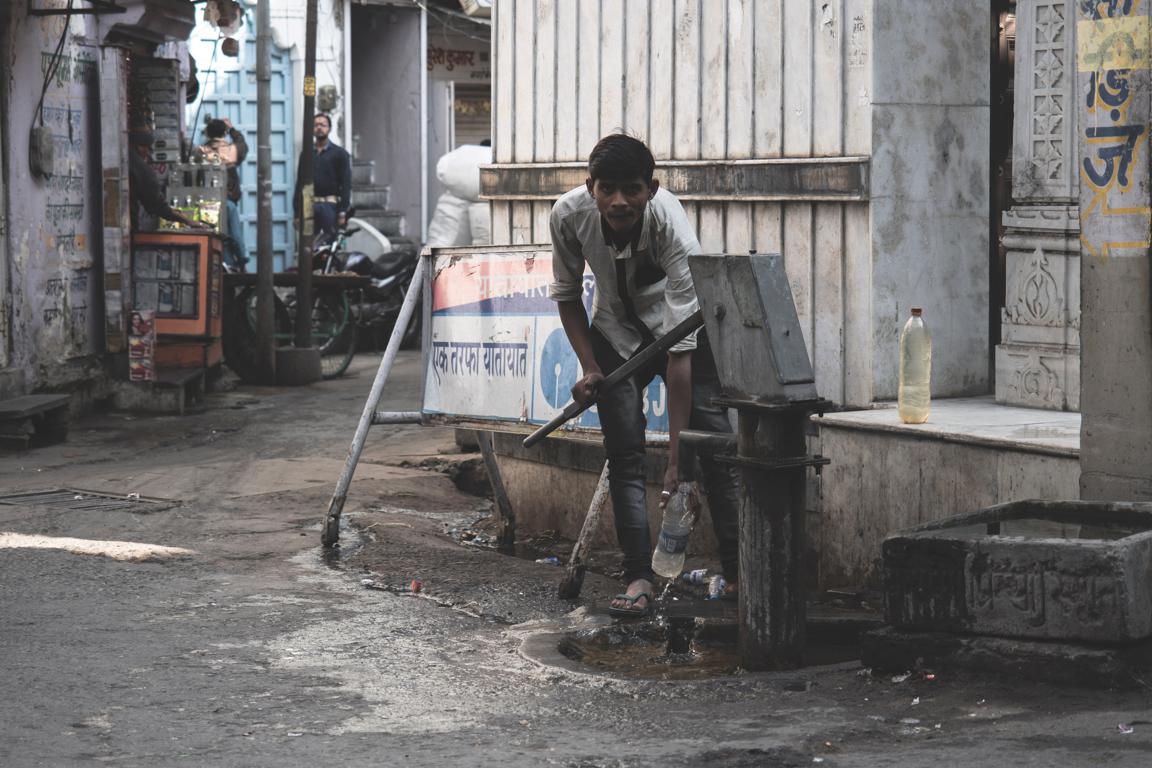
Timing is everything when traveling to India! India has a wide variety of cultures, weather, and landscapes, so everywhere you go, you may find something new. The ideal time to go to India depends depend on your interests and desired experiences. India is a fantastic destination for tourists interested in learning about the nation’s rich culture, delectable food, and magnificent scenery, regardless of where they choose to go. What is the ideal time to go to India?
The majority of the nation has generally clear sky, and the weather is moderate and pleasant. You may participate in a number of festivities at this time, including Holi, Diwali, and impassioned religious celebrations from all around India. December is the busiest travel month and is often sold out. While it may become rather popular during the winter, costs are higher and it might be harder to get flights.
Monsoon season may be a fantastic time to visit India’s beach resorts and rural regions, but tourists should avoid going when it’s at its busiest, which typically begins in mid-June and can run until mid-August. When making travel arrangements to India, be careful to research the many festivals that are held all year long. A variety of outdoor activities, such as hiking, camping, river rafting, etc. are also available to you. The fact that India has something to offer everyone, whether in terms of culture, history, or environment, is a major benefit.
Is India Tourist Friendly?
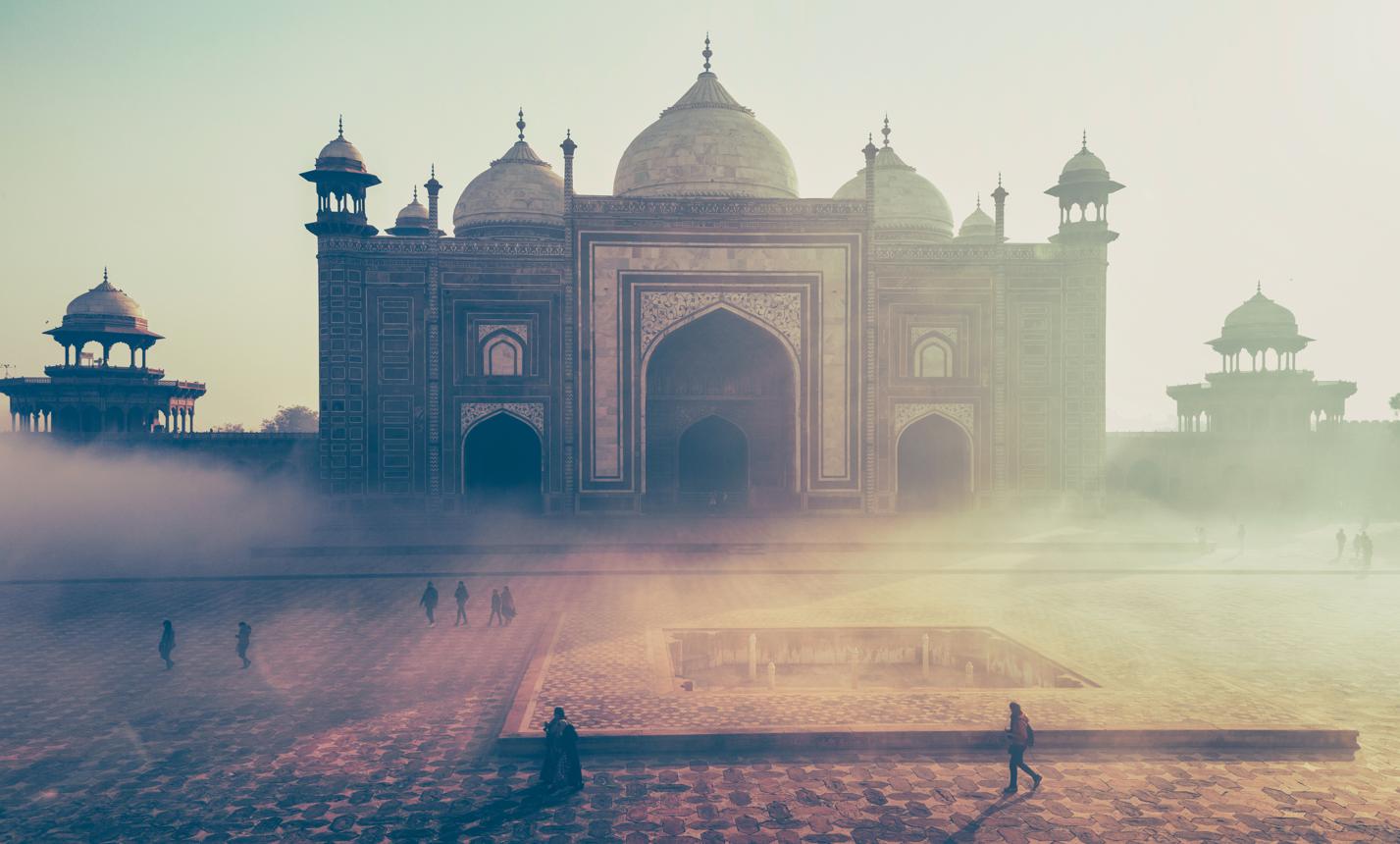
The ideal method to arrange a vacation to India is to ensure that you leave enough time to take in all of the amazing things that the country has to offer. Be careful to investigate the finest goods to bring and read up on the nations you want to visit.
Keep respect in mind when you enter India. Be cognizant of Indian culture, dress correctly, and be informed of local traditions. Keeping in mind that India is a vast and complicated nation, it is crucial to comprehend its culture and customs. India is a welcoming, kind nation that extends hospitality to visitors from all over the globe, but it does have its own unique issues.
With a population of 37 billion and a multitude of attractions, India may be a massively crowded and enormous country. It’s crucial to be aware of local rules and ordinances and to make sure you have all the required documentation. There may be moments when you feel worn out or impatient, just as on any trip.
The Best Places To Visit In India
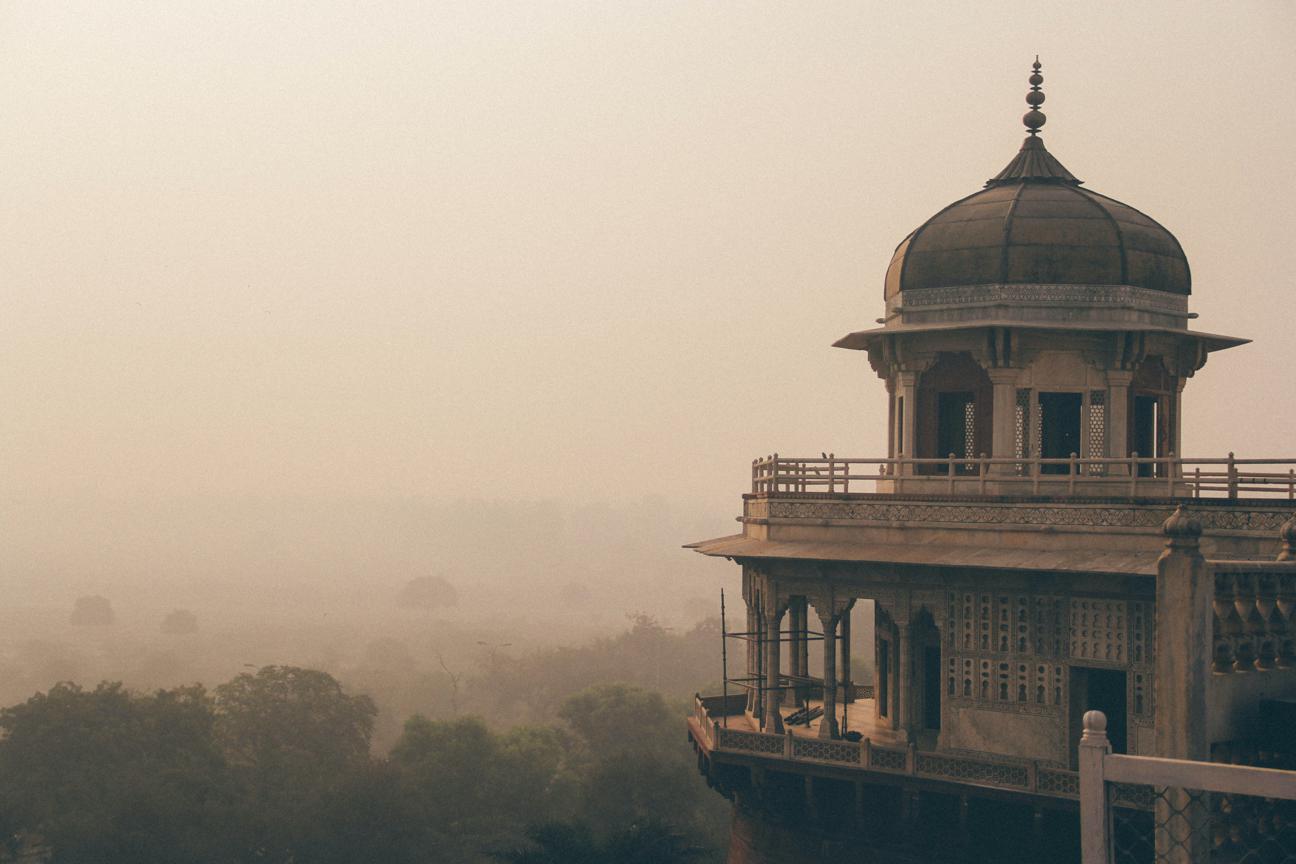
A vacation to India may be as diverse as the size of the nation, with the snow-capped Himalayas in the north and the luscious rainforests of the south. We’ve put up this list of the top destinations in India for anyone who are thinking about taking a trip there. India has something for everyone, whether you’re seeking a cultural experience or a peaceful escape in nature. Start your trip to India in Delhi, the vibrant nation’s capital.
The top of your list should include a vacation to Rajasthan if you’re looking for a cultural encounter. Visit Jaipur, popularly referred to as the “Pink City,” and be amazed by the magnificent Amber Palace as well as displays of traditional dance and music. Explore the fascinating city of Jaisalmer, a golden city along the Thar Desert, by traveling farther into the desert. Eat the tastiest street cuisine in Udaipur as you go on a gastronomic tour that will tantalize your senses. Travel even farther south to the serene state of Kerala for an entirely different experience.
Visit the iconic tea plantations in Munnar and take in the fresh mountain air of Wayanad. Experience a unique kind of adventure in the mountains of Himachal Pradesh and Uttarakhand. Visit Rishikesh—nicknamed the ‘Yoga Capital of the World’—a popular destination for spiritual seekers from all over the world. Adventure junkies should head to Manali, known for its unique sports such as white water river rafting and mountaineering. Visit Munnar’s famous tea estates and breathe in the clean, mountain air of Wayanad. In the Himachal Pradesh and Uttarakhand Himalayas, go on a special type of adventure. Visit Rishikesh, the “Yoga Capital of the World,” which is a well-liked travel destination for sages from all over the globe. Manali, famed for its distinctive activities like white water river rafting and climbing, is the place to go if you’re an adventure addict.
Best And Unique Things To Do In India
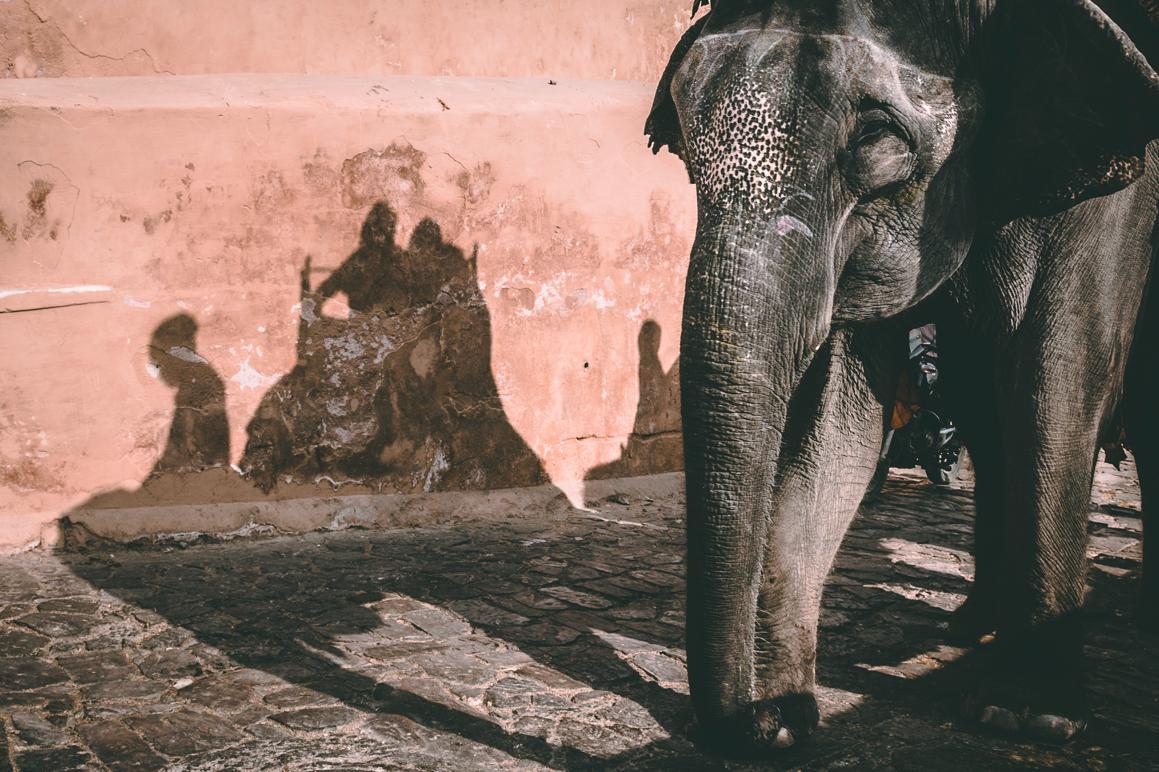
India is a very diversified nation that offers a wide variety of activities to the adventurous tourist. beautiful beaches, wild safaris, traditional architecture, vibrant cities, and places of worship. A journey to India requires much planning, but the rewards are priceless memories for a lifetime. Here are our top recommendations for the greatest and most distinctive activities in India.
Visitors are required to cover their heads as a symbol of respect for the revered temple, which is mirrored in a sight of glittering gold on the quiet waters. A tour of the temple’s four courtyards allows for a thorough spiritual investigation while taking in the environment. Investigate the Victorian architecture in Mumbai. Mumbai is a city of many cultures and is also the location of some of India’s most distinctive buildings.
This ancient UNESCO property is a remarkable example of Gothic Revival architecture and provides insight into the nation’s colonial history. Spend a day at the beach in Goa: Goa is a lovely state on India’s western coast and the top choice for those looking to partake in beach activities. Explore the little fishing villages on a scooter rented for the day to see a different side of Indian life, replete with local marketplaces serving mouthwatering street cuisine. If you want a beachfront hut, go to Palolem Beach, or if you want to have a bustling beachfront experience, go to Anjuna Beach.
Some Quick Information For Your India Trip Plan (Language, Currency, How To Get Around)
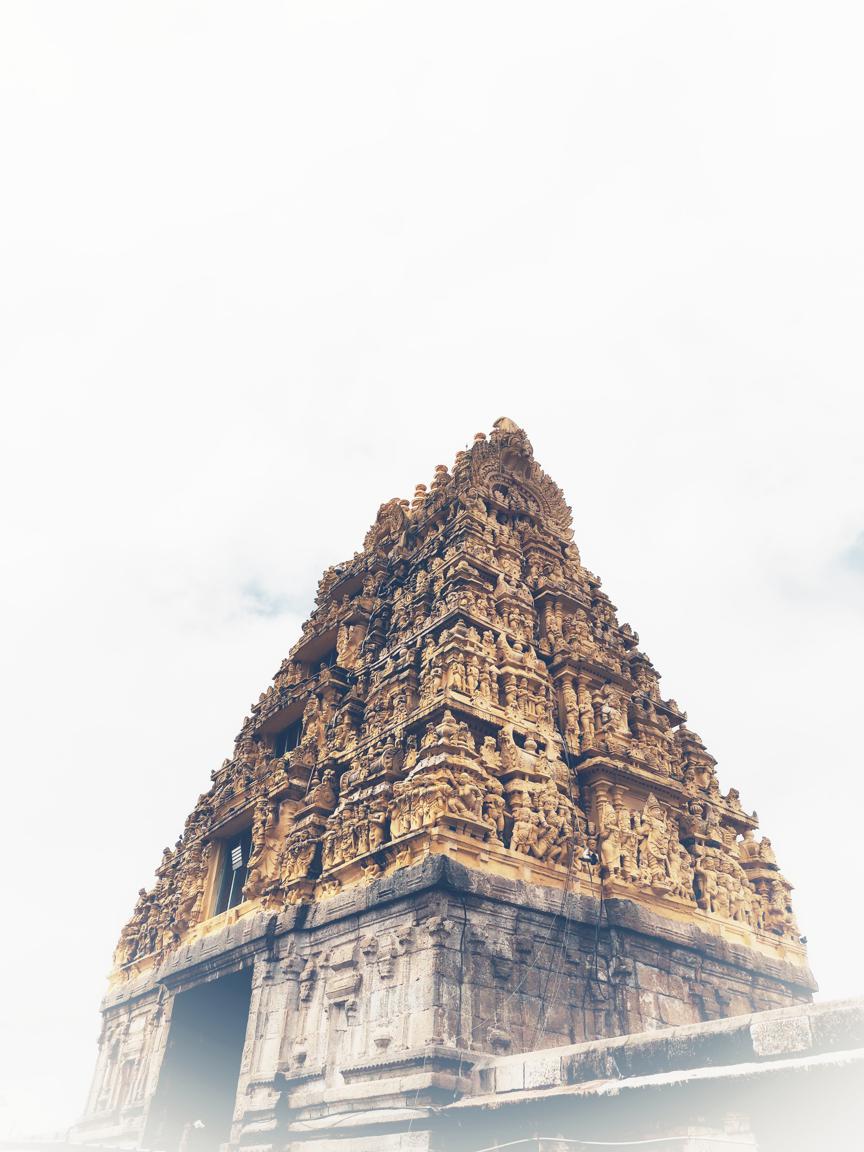
Hindi is the primary language spoken in India, however you may also discover other languages like Tamil, Telugu, Marathi, and Bengali depending on the location. Most public signs include English translations for your convenience, making it simple to move about even if you have little to no language proficiency.
India may be traveled through in the most practical and convenient manner possible by rail. India has a vast rail system that links practically all of the country’s main cities. To fit your budget, you may purchase tickets online in first, second, or sleeper class. In India, private ride-hailing services like Uber, Ola, and others are accessible to people who would rather travel in the luxury of a vehicle.
Additionally, the majority of Indian towns have their own “taxi-walas”—basically, a rickshaw system run by people. They’ll halt and provide a service; the fee is determined by both the distance and the amount of time. Generally speaking, they aren’t the safest means of transportation, therefore it’s wise to proceed cautiously with this choice.
How Much Will A India Trip Cost?
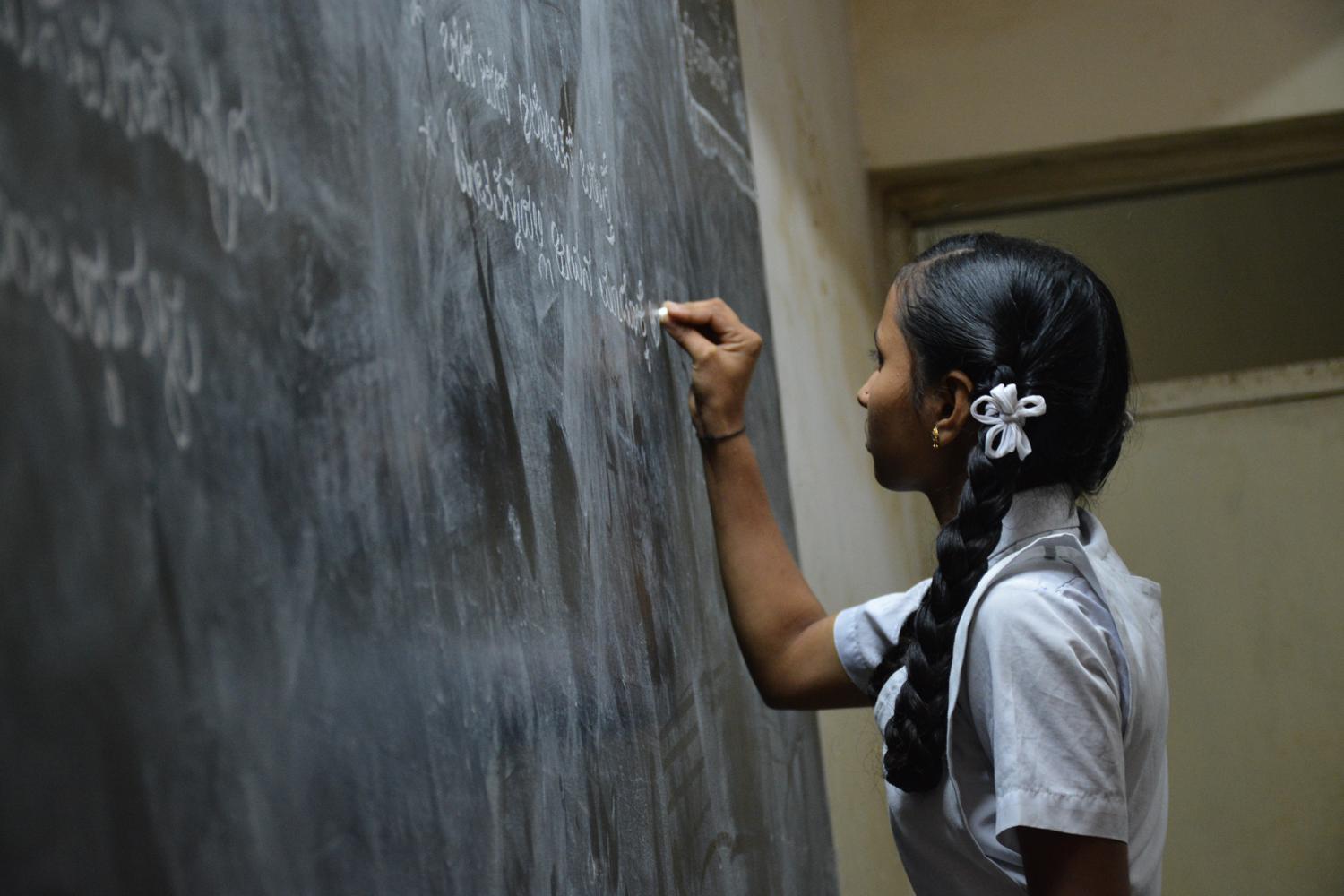
Naturally, a longer journey with more stops will cost more than a shorter one with fewer stops. However, it is feasible to go to India on a clear budget.
Both rural and urban locations have plenty of accessible homestays, hostels, and guesthouses that are reasonably priced. A cheap hotel in a city may cost you roughly $10 per night. It might be affordable to eat on the street. Curry and rice may be purchased as a simple meal for as cheap as $India has a substantial public transportation network.
Depending on the class and route you pick, the cost of tickets varies significantly. High-speed express train tickets are often the most costly item on your budget. You may also choose to rent a vehicle or a motorcycle, which may run you $25 to $50 per day. The price of sightseeing in India might satisfy the frugal traveler. Many sites, including as monuments, museums, and botanical gardens, provide free access or reasonable rates for visitors. You may need to set up a minimum of $20 each day for more pricey activities like boat trips or tiger safaris.
Conclusion
India is divided into states, each with its own unique customs, climate, and geography. Have a look at the different states and decide which ones you’d like to explore. Do you want to start the journey with the bustling cities of New Delhi or take it slow in the tranquil foothills of Himachal Pradesh? The choice is all yours!Next, make a list of all the places you’d like to visit.
Whether it’s the Taj Mahal or the picturesque hills of Darjeeling, you’ll find something to suit your taste. Don’t forget to research your favorite attractions to understand how they fit into the larger cities. It’s also important to get all the necessary permits for your safety. Depending on your route, some areas may need special permission to enter. Again, the choice is yours. If you’re willing to go the extra mile, you’ll be rewarded with the best view India has to offer. As you plan out your itinerary, book your hotels and tour packages to make sure you get a comfortable stay. Consider the safety measures taken by the hotels and strive for high-quality service at affordable prices.
Frequently Asked Questions (FAQs)
How many days are enough for India trip?
You could easily spend a month or more traveling around India, but if you’re looking for a shorter trip, anywhere from 7-14 days is a good amount of time to explore some of the major cities and attractions.
Which month is best for all India trip?
This time of year offers the best weather and the most pleasant temperatures.
How much money should you bring to India?
It is recommended that you bring enough money to cover your expenses for the duration of your trip. This should include money for accommodation, food, transportation, sightseeing, and any other activities you plan to do while in India.
What is the average cost of a trip to India?
Generally speaking, a two-week trip to India can cost anywhere from $1,500 to $3,000 per person.



